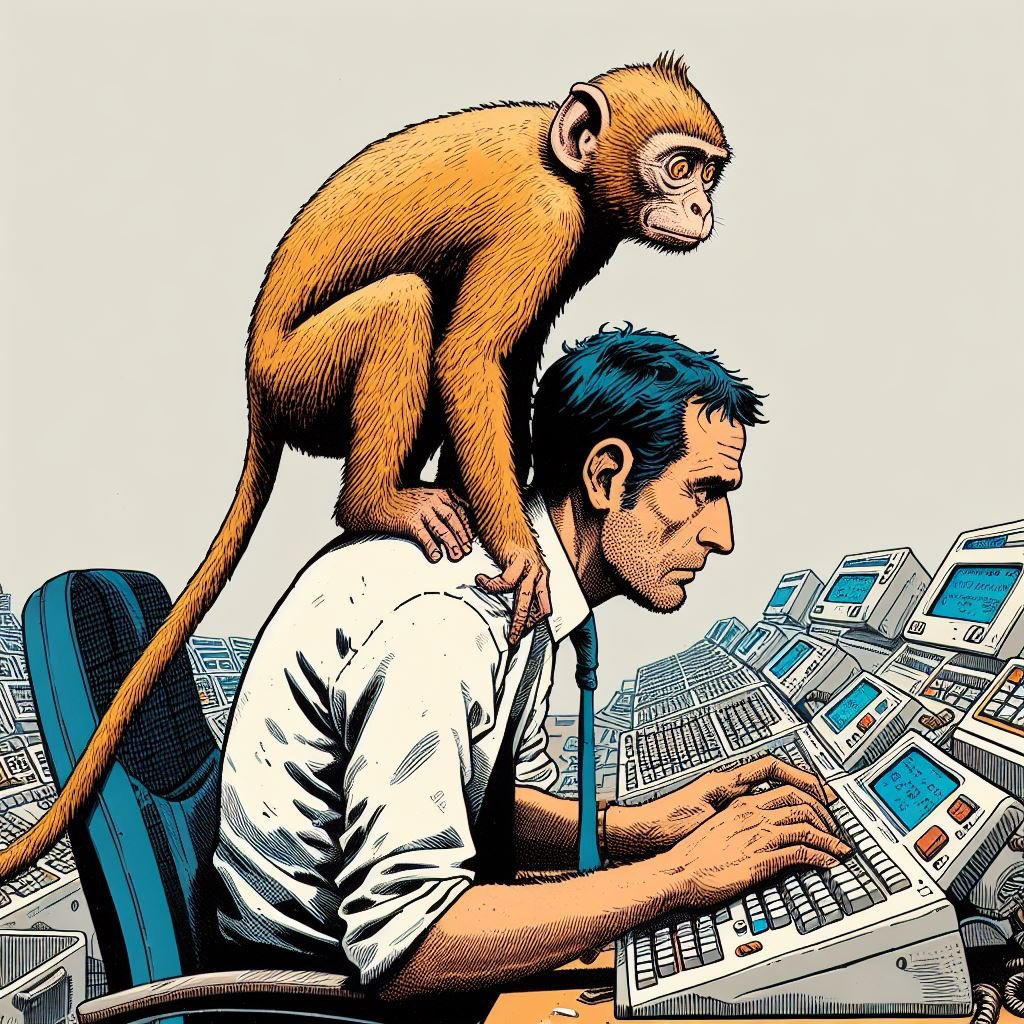8 Sample Dialogues on How Managers Can Encourage Employees to Come Up With Solutions, Not Just Problems
In the fast-paced and dynamic landscape of today's workplace, problem-solving is a skill that stands at the forefront of success. Yet, it's not just about identifying issues; it's about fostering a culture where employees feel empowered to propose solutions. In this blog post, we'll explore effective ways managers can encourage their teams to be proactive problem solvers, driving innovation and growth.
1 Cultivate a Problem-Solving Mindset
Begin by instilling a problem-solving mindset within your team. Emphasize that challenges are opportunities for growth and improvement. Create a narrative that sees problems as a natural part of the journey toward success.
2 Ask the Right Questions
When a team member presents a problem, resist the urge to immediately provide solutions. Instead, ask open-ended questions that encourage them to think critically about potential answers. This not only empowers individuals but also fosters a sense of ownership over the problem-solving process.
3 Empower with Responsibility
Delegate problem-solving responsibilities to your team members. Encourage them to take the lead in finding solutions for the challenges they encounter. This not only builds confidence but also develops crucial leadership skills.
4 Provide Guidance, Not Solutions
Adopt a coaching role rather than a directive one. Guide your team through the problem-solving process without taking over. This helps develop their analytical and decision-making skills, contributing to a more self-reliant and resilient workforce.
5 Create a Supportive Environment
Foster a workplace culture where employees feel comfortable bringing forward problems. Recognize and appreciate their efforts in identifying issues. A positive and supportive environment encourages open communication and a willingness to take risks.
6 Establish Clear Communication Channels
Clearly communicate expectations regarding problem-solving approaches. Define when immediate attention is required and when collaborative solutions are appropriate. Transparent communication sets the stage for a unified and effective problem-solving strategy.
7 Celebrate Successes and Learn from Failures
Celebrate successful problem-solving initiatives and publicly acknowledge the contributions of team members. Additionally, treat failures as valuable learning opportunities. Encourage a culture that values the process of experimentation and continuous improvement.
8 Provide Training Opportunities
Invest in training programs that focus on enhancing problem-solving skills. Equip your team with the tools and techniques needed to approach challenges strategically. This investment not only benefits individual team members but also contributes to the overall resilience of the team.
9 Encourage Collaboration
Foster a collaborative environment where team members can pool their diverse skills and perspectives. Sometimes, the most effective solutions emerge from collective efforts. Encourage brainstorming sessions and cross-functional collaboration.
10 Implement a Recognition and Rewards System
Establish a system that recognizes and rewards outstanding problem-solving efforts. Whether through a formal recognition program or simple tokens of appreciation, acknowledging proactive contributions motivates employees to consistently engage in the problem-solving process.
Example Dialogues: Putting the Techniques into Action
Dialogue 1A: Effective approach
Employee: I'm having trouble with the new software. It keeps crashing, and I can't finish my report.
Manager: That is a problem! What solution do you think makes sense?
Employee: Well, I tried reinstalling it, but it didn't help. Maybe I can use different software or ask the IT team for help.
Manager: Those sound like reasonable options. Why don't you try both and let me know how it goes?
Dialogue 1B: Ineffective approach
Employee: I'm having trouble with the new software. It keeps crashing, and I can't finish my report.
Manager: Oh, I'll take care of it for you. I'll contact IT and get it sorted.
Employee: Thanks, I appreciate that.
Manager: No problem, I'm here to help.
Explanation
By immediately taking over the issue, the manager has not encouraged the employee to think critically about potential solutions or take ownership of the problem-solving process.
Dialogue 2A: Effective approach
Employee: The client is unhappy with our proposal. They said it's too vague and doesn't address their needs.
Manager: That is a problem! Why don't you get on my calendar for tomorrow, spend some time thinking about it between now and then, and bring some potential solutions to the meeting?
Employee: OK, I will do that. Do you have any suggestions or feedback for me?
Manager: I think you need to do more research on the client's goals, challenges, and preferences, and tailor your proposal accordingly. I can share some resources with you that might help.
Dialogue 2B: Ineffective approach
Employee: The client is unhappy with our proposal. They said it's too vague and doesn't address their needs.
Manager: Just make some quick changes and send it back. We need to close this deal.
Employee: Okay, I'll do that.
Manager: Great, let me know when it's done.
Explanation
In this case, the manager provides a quick solution without involving the employee in the decision-making process or encouraging them to think critically about potential improvements.
Dialogue 3A: Effective approach
Employee: The marketing pitch isn't working well. The audience seems bored and disengaged.
Manager: That is a problem! Let's talk about what options you think make sense at our next one-on-one.
Employee: Sure, I would appreciate that. I think the pitch needs to be more catchy and interactive, but I'm not sure how to do that.
Manager: I agree, the pitch needs to capture the audience's attention and interest. I can show you some examples of effective pitches and give you some tips on how to improve yours.
Dialogue 3B: Ineffective approach
Employee: The marketing pitch isn't working well. The audience seems bored and disengaged.
Manager: Well, figure it out. You're the one responsible for marketing.
Employee: Okay, I'll try something different.
Manager: Good, make it more interesting.
Explanation
The manager's response lacks guidance and constructive input. It does not create an environment where the employee feels supported or empowered to explore alternative strategies.
Dialogue 4A: Effective Approach
Employee: I'm feeling overwhelmed by the workload. I have too many projects and deadlines to handle.
Manager: That is a problem! What solution do you think makes sense?
Employee: I don't know, maybe I can delegate some tasks to others, or ask for an extension, or prioritize the most important ones.
Manager: Those sound like possible solutions. How about you make a list of all your projects and tasks, and rank them by urgency and importance, and then we can discuss how to manage them better?
Dialogue 4B: Ineffective Approach
Employee: I'm feeling overwhelmed by the workload. I have too many projects and deadlines to handle.
Manager: Just manage your time better. You'll get through it.
Employee: I'll try my best.
Manager: Okay, get back to work.
Explanation
The manager's response is dismissive and does not engage the employee in a collaborative problem-solving process. It misses an opportunity to provide support and guidance.
Conclusion
In contrast to the less effective approaches, the recommended dialogues empower employees to actively participate in problem-solving, fostering a culture of accountability and innovation within the team.



